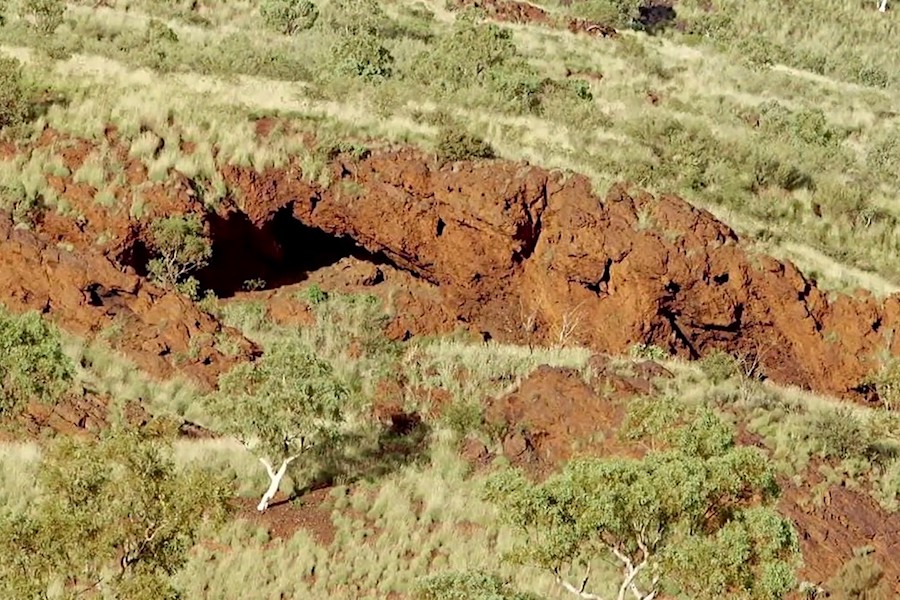Western Oil Companies To Bolster Presence In China’s Arch Rival
- The signing of a MoU between TotalEnergies and India’s ONGC to explore for crude oil in deepwater blocks off India’s coast marks a new step in international relations.
- India’s role as the US counterpoint to China in the Indo-Pacific region is growing.
- Questions have remained on which way India will jump in the reordering of the global oil markets that is currently underway.
The signing of a memorandum of understanding (MoU) between India’s largest crude oil and natural gas company in India, Oil and Natural Gas Corp (ONGC), and France’s leading energy oil and gas firm, TotalEnergies, as recently tweeted by the French company, may open the way for a renewed push by Western companies in China’s arch rival in the Far East. This, in turn, might begin to shift momentum back into the US’s longstanding plans for India to act as a key counterbalance to China’s ever-increasing influence in the Indo-Pacific region. The MoU between TotalEnergies and ONGC is geared towards the initial exploration of deepwater blocks, especially in and around Mahanadi and Andaman off India’s east coast, according to the French company’s tweet. Towards this end, ONGC last year also signed a heads of agreement with U.S. oil giant ExxonMobil for deepwater exploration on India’s east and west coasts. This latter deal will focus on the exploration of the Krishna Godavari and Cauvery Basins in the eastern offshore area and the Kutch-Mumbai region in the western offshore. According to ONGC’s director of exploration, Shri Rajesh Kumar Srivastava, the collaboration between it and ExxonMobil is likely to last for many years and will be a key part of ONGC’s ability to ensuring energy security for India.
These long-term strategic energy partnerships between flagship Western oil companies and India are precisely what the U.S. had envisioned back in 2019 when it was putting together its ‘relationship normalisation deals’ initiative. This initiative had originated in the aftermath of the U.S.’s unilateral withdrawal from the Joint Comprehensive Plan of Action (JCPOA, or colloquially, ‘the nuclear deal’) in May 2018, as analysed in-depth in my latest book on the global oil markets. From that point, Israel’s concerns about Iran’s nuclear program escalated and the U.S. knew that any major attack by Israel against Iran could well be a catalyst for a broader conflict across the entire Middle East. This, in turn, could eventually draw China and Russia as key sponsors of Iran into direct opposition to the US, a key sponsor of Israel. The U.S. also knew that several of its remaining allies in the Middle East shared Israel’s fear about Iranian intentions following the U.S. withdrawal from the JCPOA. In an attempt to counterbalance these fears, the administration under then-U.S. President Donald Trump came up with the relationship normalisation deals initiative. On 13 August 2020, it was announced that Israel and the United Arab Emirates (UAE) would normalise relations in a deal that had been brokered by the US – the first of the relationship normalisation deals program.
Related: The Age Of The U.S. As A Middle East Power Broker Is Over
For the program to work effectively for the long term, though, the U.S. needed a substitute big buyer of energy to China be found that could form a unified oil and gas supply and demand network with the US and its allies at the centre, rather than China and Russia. Both Beijing and Moscow were targeting the same countries as the U.S., with the exception of Iran, and had two significant advantages over the U.S. in attracting politically wavering Middle Eastern countries to their sphere of influence. First, Russia was the key player – alongside Saudi Arabia – in the ‘OPEC+’ oil supply alliance. Second, China was the big buyer in the global oil demand pool. Therefore, the U.S. posited, the substitute buyer for China had to be big and full of promise, and the obvious candidate was India.
India’s role as the US counterpoint to China in the Indo-Pacific region was further underlined by data released in the first quarter of 2021 by the IEA. This showed that India would make up the biggest share of energy demand growth - at 25 percent - over the next two decades, as it overtook the European Union as the world’s third-biggest energy consumer by 2030. India’s energy consumption was expected to nearly double as the nation’s GDP expanded to an estimated USD8.6 trillion by 2040 under its national policy scenario. This was underpinned by a rate of GDP growth that added the equivalent of another Japan to the world economy by 2040, according to the IEA. Politically as well, there had been several developments – also analysed in-depth in my latest book on the global oil markets – that pointed to India finally making substantive progress on its ‘Neighbourhood First’ policy as an alternative to China’s ‘One Belt, One Road’ initiative.
The U.S.’s vision of the intertwining of the relationship normalisation deals initiative with the economic and political development of India was initially illustrated through an early series of major oil deals between the UAE and India. Perhaps the most notable of these was the landmark decision by India that allowed the Abu Dhabi National Oil Company (ADNOC) to export oil from the country’s vitally-important strategic petroleum reserves (SPR) if there was no domestic demand for it. This was in line with ADNOC being the only overseas company allowed to hold and store any part of India’s SPR. Another sign of the UAE and India developments moving in the way that the U.S. wanted for its ‘relationship normalisation deals’ model was ADNOC being put ‘top of the list’ of foreign companies being considered as the lead buyer in the high-profile privatisation of major Indian refiner, Bharat Petroleum. Russian state corporate proxy, Rosneft, had expressed an interest in buying the Indian government’s 53.29 percent stake in the company at that time but had been subsequently side-lined by ADNOC.
Since then, and especially in light of India’s equivocal stance on Russia just before and after its invasion of Ukraine in February 2022, questions have remained on which way India will jump in the reordering of the global oil markets that is currently underway. However, with the world’s third biggest oil importer and consumer, currently shipping in over 85% of its oil from overseas, India still remains in play as far as the West is concerned. The country is recovering economically from the effects of COVID-19 at a slower pace than had been expected and is therefore looking to monetise its oil and gas resources as quickly as possible to minimise energy import costs. ExxonMobil’s prime position in several major sites and TotalEnergies’ new MoU have significantly bolstered the existing presence of Western firms in India to take advantage of this situation. September 2022 saw ONGC sign another agreement, with Chevron New Ventures (a subsidiary of U.S. energy giant, Chevron), to assess exploration potential in India. This deal is geared towards exploring the geologically challenging and difficult developments in Category-I, II and III of India’s sedimentary basins.
By Simon Watkins for Oilprice.com



